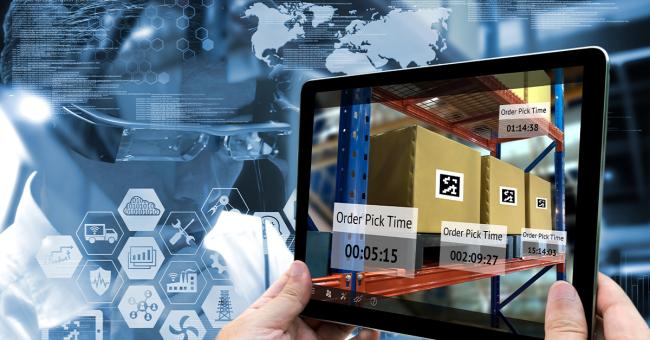Topics
Why AI Technology Is Vital to Inventory Management

Choosing what merchandise and how much of it to put on the shelves are age-old decisions in retail. The answers to both have long been served by both human input and data. Merchandising does require creativity, but it is both an art and a science—and merchants risk over-valuing their intuition and under-valuing the role of AI and other tech.
How to balance the two represents another confounding question. This can be especially troublesome for retailers making decisions on merchandise like apparel, where trends come and go.
Human and AI Strengths
It’s worth taking stock of the unique strengths that humans and technology bring to your brand. Humans are best at forging new concepts or goals—using color, cut and texture in fashion to evoke emotion or mood, for example. Style, design personality, thinking outside the box—these are concepts at which human minds excel.
These days, however, software is speedier than humans when it comes to collecting, parsing and learning from data, and AI means that algorithms evolve. Used properly, AI is an ideal companion to human creativity. And it simplifies, accelerates and expands the potential of many tasks traditionally undertaken by humans. For retailers, one such task is inventory management, which has implications for the supply chain, merchandising, promotions and profits.
With the pandemic disrupting supply chains at all stages, inventory management has become more difficult and costlier, and stock replenishment that much trickier. According to studies from Coresight Research, three-quarters of retailers with enterprise-grade, AI and tech-driven applications experienced cost savings of at least 3 percent.
Moreover, retailers employing technology allocated their assortments more precisely. At crafts retailer JoAnn, for example, data showed something that might seem counterintuitive to a human merchant: beach-themed merchandise was selling better at inland locations than at coastal ones, according to Prashant Agrawal, chief executive at Impact Analytics.
It’s “not humanly possible” to get the right product to the right place using old-fashioned methods, Agrawal says. Lost sales from under-allocation or excess inventory may not be entirely preventable, but they will be minimized, he said.
Throughout 2021, and particularly at the holiday season, surging consumer demand helped retailers avoid markdowns, particularly when coupled with low inventories. That success—and the ability to charge full price more often—can be replicated via good inventory management. Promotion optimization tools allow the promotional cadence to be informed by longer-term, bigger-picture strategy, and the reality of the product lifecycle. Yet, according to Coresight:
- Just 15 percent of retail executives report using real-time promotion optimization tools
- 28 percent use static promotion campaigns long term (based neither on SKU-level results nor demand fluctuations)
- 27 percent have limited clarity when designing short-term (for example, weekly) promotions
- 31 percent focus on monthly or other medium-term tactics without a strategy for promotion optimization
Planning with Confidence
Merchants can proceed more confidently with their short-, medium- and long-term goals when they enlist AI to help them. That takes knowledge – and trust, Agrawal said.
“The challenge . . . is that machine learning is still machines,” Agrawal told Sourcing Journal. “You actually have all of this data and algorithms being computed, and now you have a result, so you’re not actually understanding which model is being used at any given point. It takes retailers [making] that slight adjustment of, ‘Oh, I’ve got to trust it to get to the next level.’”
Retail is all about the right product, right time and right price. Learn more about understanding consumer demands and skillful omnichannel planning using human-led AI and other technology.

